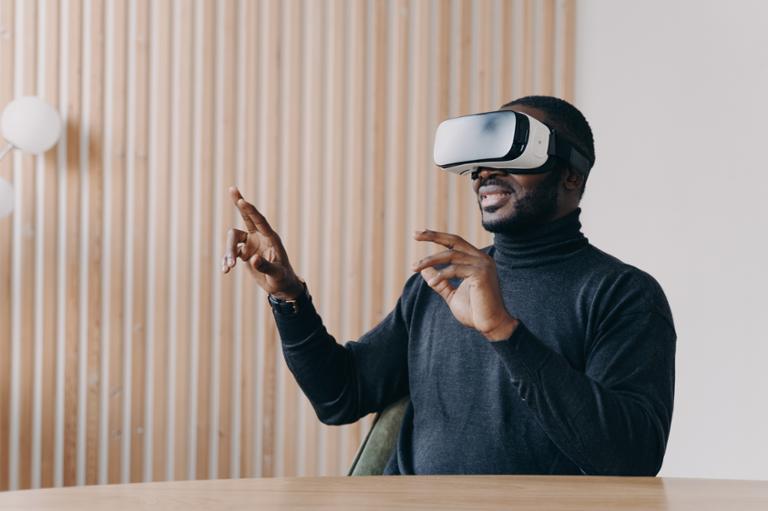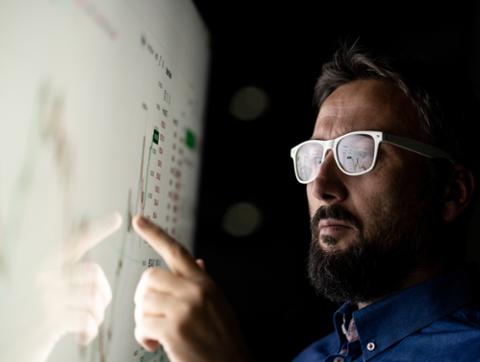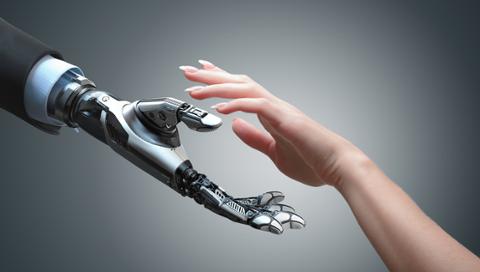In 2024, technology will continue revolutionizing industries by redefining and illuminating them. Below are my top four predictions for how several groundbreaking transformations are poised to redefine the landscapes of AI, manufacturing, defense, healthcare, and more in the new year.
Detachable Artificial Intelligence (AI) Will Protect Data
Companies should consider using large AI language models (LLMs) that rely on large external datasets but don't want their own data exposed to the Internet. This innovative idea means you can snapshot a public LLM and then store it locally using edge computing for execution in an isolated environment.
The problem is that creating and training an LLM is very resource-intensive, so LLMs tend to run on expensive, high-end hardware that requires a lot of computing resources. This is also why Microsoft needed to finance and support OpenAI.
On the other hand, business users want to maintain control over their confidential and proprietary data and be able to use AI to train the model itself without letting their data be accessed.
Fortunately, AI platforms allow vendors to download the model's current state and run it on a smaller infrastructure to answer questions and generate results, without the resource overhead of the model learning from the data put in. This makes it more affordable to use AI in applications and prevents confidential data from accidentally ending up in the model. It also empowers software vendors to embed AI more practically in their products, instead of relying on access to the live LLM hosted by Open AI, for example.
Software-Defined Manufacturing Will Make Hardware Antiquated
Many industries are replacing hundreds of suppliers that make hardware that only does one thing with more robust and versatile software versions that are programmable. In a car, for example, the hundreds of circuit boards and buttons that control the audio system, the climate controls, etc. can be replaced by a software module in the central touchscreen. One proof point for this is that many companies with complex supply chains for automotive systems, aerospace, etc., are replacing discrete parts with software.
As a result, the companies developing antiquated hardware must become more like software companies. It’s almost as if hardware must become software, in many ways.
However, unlike regular tech companies (Google, Meta etc.), they still need to be stringently tested to be used in safety-critical situations (standards = ASPICE, ISO26262). So they will need to use tools that are a hybrid of the ones used for designing and testing hardware (CAD, CAM, PLM) and those that are used for software (ALM, DEVOPS, etc.)
Also, there needs to be more blending of methodologies in general, to create a hybrid approach that takes the best of software companies’ agility and hardware companies’ linearity.
Computer-Augmented Telemedicine Will Assist Healthcare Providers
With new AI/ML models assisting doctors in diagnosis and a shortage of doctors and nurses post-COVID, 2024 will see a rise in healthcare kiosks to supplement traditional, in-person medicine.
Self-service kiosks that take basic health metrics such as weight and height, can also scan eyes and use other biometric markers, and then can do initial wellness diagnosis as well as possibly suggest protocols for minor ailments, etc.
These solutions can use AI to look for common markers in preventative care, escalate patients to a human doctor when measurements of a person's vitals are outside the expected norms, and cut down the percentage of time doctors spend on non-critical activities.
Augmented Reality Advertising Will Replace Physical Billboards and Ads
As VR/AR becomes more mainstream, what are the implications for advertising in the physical arena? It will become more targeted and personalized.
Similar to what was in the movie ANON, as we start wearing devices like the Apple VisionPro and potentially contact lenses or other devices that project augmented reality, we will see advertising no longer tied to the physical space, but instead tied to the person. This will also spell the end of physical billboards and media, as hyper-targeted ads displayed to the person when they are in specific locations become the new norm.
I think 2024 will be an exciting time for many industries, as these new technologies—and others—continue to transform their futures.
Adam Sandman is Founder & CEO of Inflectra.



